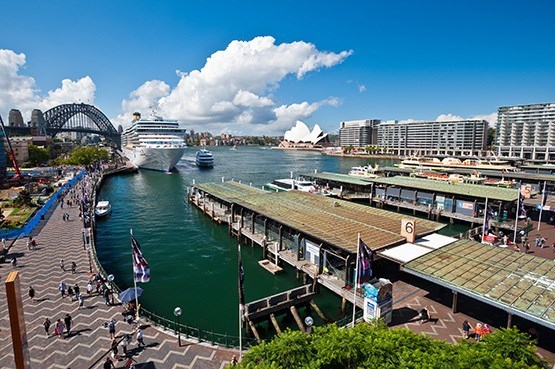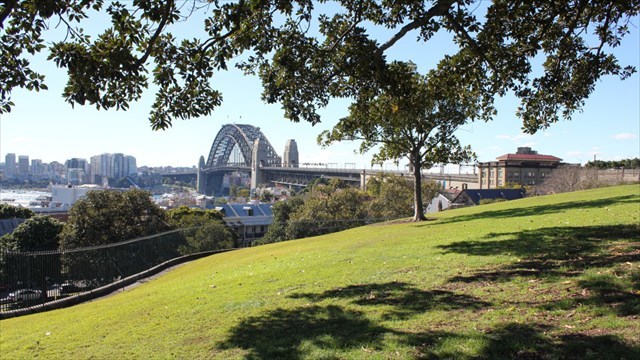Totally Findable Tourist Caches

Welcome to Sydney
This series of geocaches is designed primarily with visitors to Sydney in mind who may have limited time and transport options and want a quick and easy find while out enjoying some sightseeing around this beautiful city.
All cache containers will be one of three types; a flat magnetic key case (MKC), a round film canister (FC or MFC for magnetic) or a fake rock (FR).
The hint will indicate the type of container used and will be very specific to help you find the cache easily. If you want a challenge to find this cache and don't wish to know exactly where it's hidden, do not look at the hint.
At each location you’ll be given some information about the site you are visiting.
Enjoy!
-------------------------------
Observatory Hill

Image: City of Sydney New Year's Eve Website
The earliest European development on Observatory Hill was the construction of the first windmill by Irish convict John Davis in 1796. The windmill was a stone tower fitted with machinery to grind wheat to make bread. This windmill subsided in 1800 and lost its sails in a storm in 1805. By then another windmill had been built in timber to the south. These early structures gave rise to the name Windmill Hill, and the district still bears the name Millers Point.
As the highest hill overlooking the settlement of Sydney, this area was the site of Fort Phillip built in 1800 and named after the colony’s first Governor. The fort was armed with four 6-pounder cannons and a gunpowder magazine. The powder magazine was moved to Goat Island in 1833, and Fort Phillip was partially demolished in 1840. Upper Fort Street commemorates Fort Phillip.
With the growth in shipping the elevated site was used as a signal station from 1825, using flags and semaphore to communicate with ships from the east parapet of the fort. This gave the area the new name of Flagstaff Hill, and it was still referred to by locals from around the area as "The Flaggie" until well into the second half of the twentieth century. In 1847 a two-storey Telegraph House was built to meet increased demands of maritime activity in the port.
The southern hemisphere was regarded as an important zone for astronomical observations so the first observatory was built in Sydney in 1788. The Observatory you see today and the Astronomer’s residence were built between 1857 and 1859, incorporating a time ball which signalled the time to shipping in the harbour each day. Due to increasing light and pollution the observatory closed in 1982 and it is now a museum. Night tours are popular and are conducted every night of the week.
Source: City of Sydney Website
